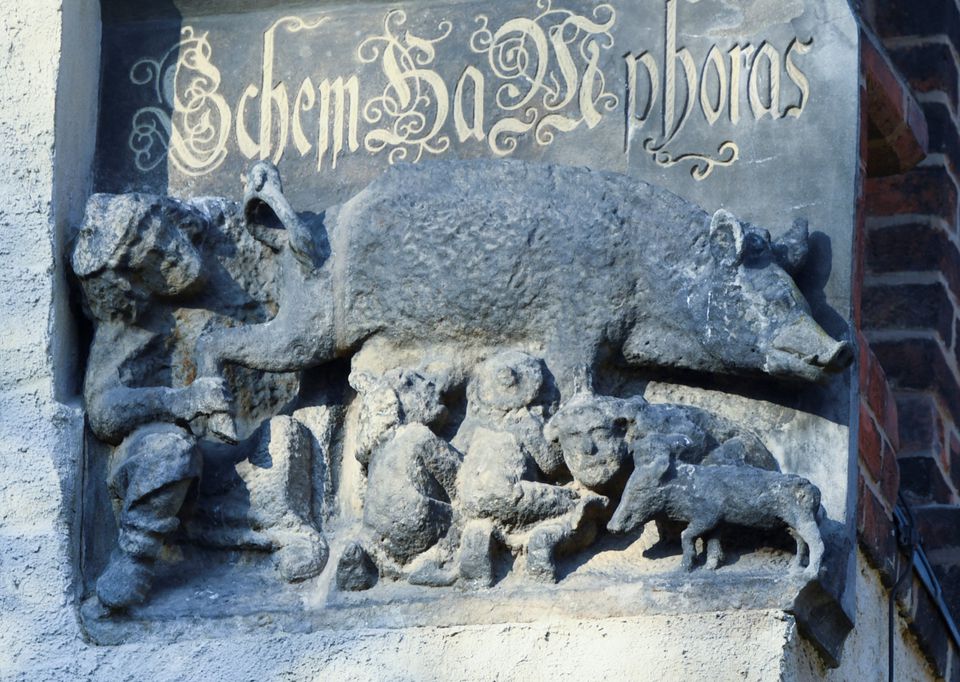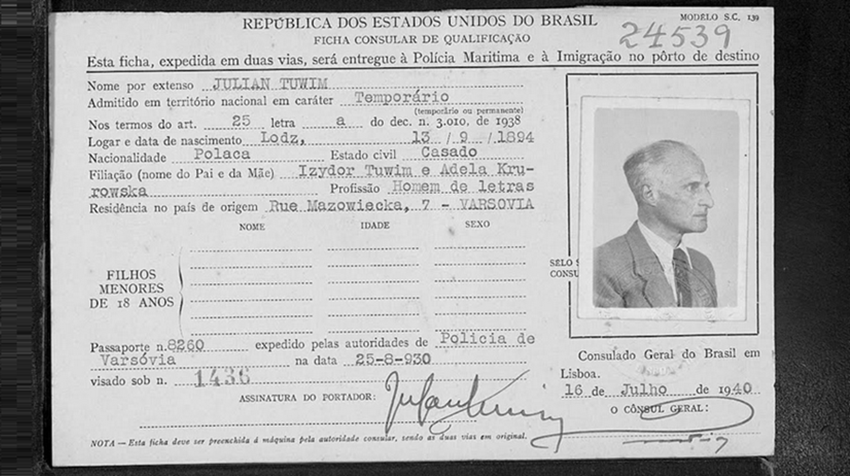A thirteenth century anti-Semitic sculpture is displayed at St. Marien church in Wittenberg, Germany, January 24, 2020. REUTERS/Annegret Hilse
Germany's top court ruled on Tuesday that an anti-Semitic, medieval sculpture can stay on the facade of a church in the eastern town of Wittenberg, rejecting an appeal by a Jewish plaintiff who has for years argued it is an insult to all Jews.
The 13th century "Judensau" or "Jew Sow" on the town church depicts a caricature of a rabbi lifting the tail of a sow and two Jewish children suckling on the teats. Pigs are considered unclean in Judaism.
At a time when politicians are warning about rising anti-Semitism in Germany, the ruling is a reminder of widespread anti-Jewish sentiment in the Middle Ages.
The plaintiff has been waging a court battle for years to have the sandstone carving, about 4 metres from the ground, removed.
However, the Federal Court of Justice, the country's top appeals court, upheld rulings from lower courts which dismissed the case, saying there was no breach of the law.
The transformation over the years of the relief into a memorial that was testimony to the Christian Church's centuries-long anti-Jewish attitudes was one way to avoid a violation of the law, said the court in a statement.
In November 1988, fifty years after Kristallnacht when Jewish property was set alight and destroyed in Nazi Germany, the church installed a bronze plaque under the relief remembering the six million Jews who perished in the Holocaust and an information board.
The Wittenberg stone carving is one of about two dozen similar sculptures from the Middle Ages that still feature on churches around Germany and elsewhere in Europe.
The Central Council of Jews said it understood the court's decision but that, in its view, the floor plate and explanatory display did not go far enough and the church must acknowledge its guilt and condemn its centuries-long anti-Judaism.
"The defamation of Jews by the church must be a thing of the past once and for all," said Council President Josef Schuster.
Wittenberg was also the town where Martin Luther is said to have nailed his theses challenging Catholicism to a church door in 1517 which led to the Protestant Reformation in Germany.
Source: Reuters


































